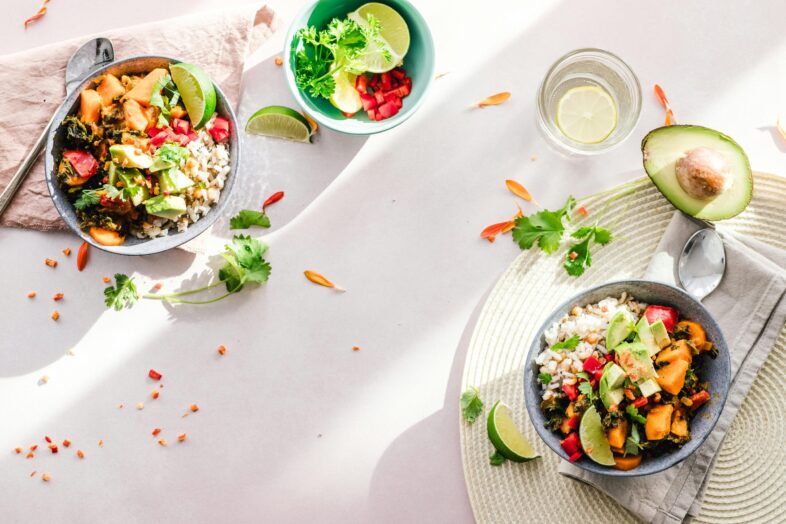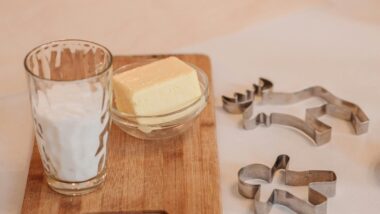Flushing the fat? As crazy as the concept might sound, the Fat Flush Plan can help you reshape your body while detoxifying your system. This low-carbohydrate, three-phase diet regimen was created by nutritionist Ann Louise Gittleman, Ph.D., C.N.S.
Phase 1 of the plan, called The Two-Week Fat Flush, lasts 14 days and is designed to jump-start weight loss. Phase 2, The Ongoing Fat Flush, helps you continue to lose weight, and Phase 3, The Lifestyle Eating Plan, focuses on maintenance.
Phase 1: The Two-Week Fat Flush
The Fat Flush Plan was designed to increase metabolism, flush out bloat and to boost the fat burning process. At the core of the plan is the commitment to promote a balanced lifestyle and encourage simple healthy habits that seem to have gone by the wayside in our modern and hectic everyday life. Every aspect of each phase of the plan is focused on accomplishing this goal: helpful essential fats, amounts of protein, antioxidant-rich vegetables, moderate amounts of fruits, calorie-burning herbs and spices, cleansing diuretic beverages, exercise, journaling and even sleep are addressed.
The Two-Week Fat Flush is based on an average of 1,100 to 1,200 calories daily, and is designed to jumpstart weight loss for dramatic results. It will transform your shape by accelerating fat loss from your body’s favorite fat storage areas – your hips, thighs and buttocks.
Phase 2: The Ongoing Fat Flush
The Ongoing Fat Flush is the next step for those individuals who have additional weight to lose but who also want to pursue a more moderate cleansing program and enjoy a bit more variety in food choices while still losing weight. This part of the program is designed for ongoing weight loss, with approximately 1,200 to 1,500 calories each day. This is the phase that will be followed until you reach your desired weight or size.

Phase 3: The Lifestyle Eating Plan
The Lifestyle Eating Plan is your maintenance program for lifetime weight control. This phase offers over 1,500 calories daily, providing a basic lifelong eating program designed to increase your vitality and well-being for life. You’ll add up to two dairy products and up to two additional friendly carbs. Phase 3 friendly carbs include more choices from a variety of starchier veggies and nongluten hypoallergenic grains. Foods are always introduced one at a time to make sure there are no allergic reactions and you’re your body tolerates the food well.
Superfoods that Get You Moving
It’s no wonder so many Americans suffer with constipation (4 million of us, to be exact). Our diet of meat and processed food contains little fiber. Most of us are lucky if we’re getting in half of the 30 grams of fiber that we should each day. Without that bulk in our diet, it can make bowel movements practically immovable.
The human digestive tract was designed for unprocessed plant foods that are loaded with dietary fiber: beans, leafy greens, fresh and dried fruits, vegetables and whole grains. High levels of dietary fiber increase both the frequency and quantity of bowel movements, decreasing the transit time of stools, as well as the absorption of toxins from the stool.
Drink at least eight to twelve 8-oz. glasses of clean water per day. Hard, dry stools are a classic sign of dehydration. A good rule of thumb is to drink a glass of water when you wake up and then every hour after that.

Try adding some wheat or barley grass to your daily routine. Mix two to three teaspoons of a nutrient-rich blend of dehydrated wheat and/or barley grass in water, and have another serving later in the day. These drinks have a restorative action on the intestinal tract and are especially good for constipation.
As a supplement to a healthy, high-fiber diet, bran and prunes are particularly effective in relieving constipation. Whole prunes and prune juice possess good laxative effects. Eight ounces is usually an effective dose. A similar amount of aloe vera juice is also helpful.
Vitamin C rich foods can help as well, as they help with food and nutrient absorption. Try parsley, broccoli, bell pepper, strawberries, oranges, lemon juice, papaya, cauliflower, kale, mustard greens, and Brussels sprouts, as they’re all great sources of vitamin C.


